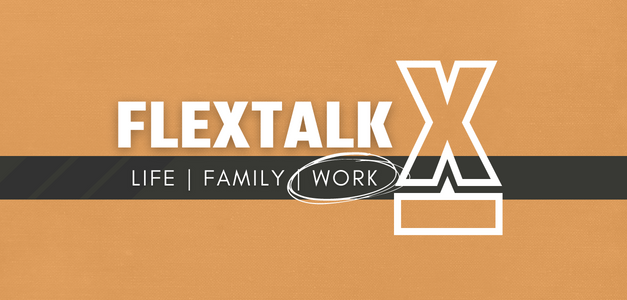Manufacturing facilities face constant pressure to reduce costs while maintaining quality and productivity. Smart cost management strategies help you stay competitive without compromising operations or safety standards. Consider the following best ways for manufacturing facilities like yours to save money.
Optimize Energy Consumption
Energy costs are one of the biggest expenses for most manufacturing operations. Start by conducting an energy audit to identify where you’re losing money, and focus on the following high-impact areas.
Compressed Air Systems
Compressed air leaks waste substantial amounts of energy. Schedule regular leak detection surveys and repair issues immediately. Modern data monitoring systems for compressed air setups provide real-time insights into performance and highlight inefficiencies before they become costly problems.
Lighting
LED lighting retrofits typically pay for themselves within 18–24 months through reduced energy consumption and lower maintenance costs. Motion sensors in storage areas and automated controls further reduce unnecessary usage.
HVAC
Proper insulation and regular HVAC maintenance prevent energy waste. Programmable thermostats and zone controls allow you to heat or cool only occupied areas during specific hours.
Implement Preventive Maintenance
Reactive maintenance costs two to five times more than preventive maintenance. Equipment failures result in expensive emergency repairs, production downtime, and rushed parts orders at premium prices.
Create detailed maintenance schedules for all critical equipment. Track maintenance history to identify patterns and predict future needs. And lastly, train your maintenance team to spot early warning signs of potential problems.
Reduce Material Waste
Wasted materials equal wasted costs. For instance, excess inventory ties up capital and increases storage expenses. Instead, consider just-in-time ordering, which reduces carrying costs while preventing materials from becoming obsolete or damaged in storage.
Another area to focus on is scrap reduction. Analyze your scrap rates by product line and shift. Small improvements in waste reduction translate to significant savings over time. Additionally, employee training on proper handling techniques and quality control procedures helps minimize material losses.
Leverage Technology and Automation
Strategic automation investments reduce labor costs and improve consistency. Start with repetitive, high-volume processes where automation provides clear returns.
For example, modern manufacturing execution systems help track production efficiency and identify bottlenecks that cost you money. You might also consider predictive analytics tools that analyze equipment data to prevent unexpected failures. These systems help you schedule maintenance during planned downtime rather than dealing with costly emergency situations.
Take Action on Cost Savings
We have revealed the best ways for manufacturing facilities to save money on the whole, but you probably can’t implement every method at once. Review your current expenses systematically, and focus on areas with the highest potential impact first. Small changes across multiple areas often produce better results than major overhauls in single departments. Then, track your progress monthly and adjust strategies based on actual results rather than assumptions. Eventually, you should notice the fruits of your labor in reduced expenses and enhanced efficiency.
- How can conducting an energy audit help you identify and address inefficiencies?
- What role does preventive maintenance play in reducing overall operational costs, and how can you implement it effectively?
- What are the benefits of adopting modern technologies, like predictive analytics or automation, in your manufacturing processes?
- How can you balance reducing material waste with maintaining production quality and efficiency?
- What small, incremental changes can you make across departments to achieve long-term cost savings?


